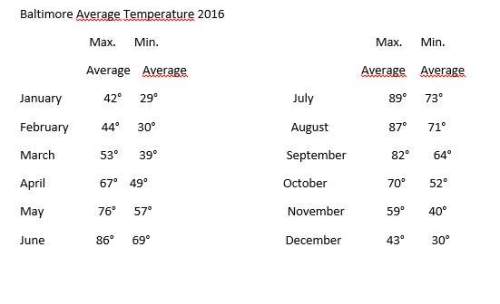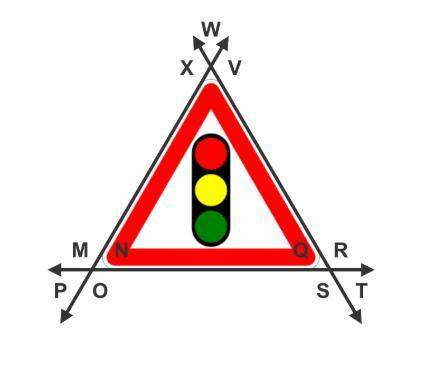
Mathematics, 11.03.2021 19:10, tannerlynn4320
Step 1: The trinomial factors as x2 + bx + c = (x + p)(x + 9), where p + q = b and p. = C. Fill
in the following table with all of the possible values of p and q, using the fact that their
product is the constant term, c = 56.
р
9
p+a
56
57
1
-1 2
-56
-57
28
30
-2
-28
-30
Begging I need help as soon as possible
Step 2: Which factors for p and Q add to equal the coefficient of the x-term (-15) in the trinomial?
Step 3: Using the factor from step 2, write the trinomial x^2-15+56 in factored form
If you can answer any of these I’ll be so happy


Answers: 2
Other questions on the subject: Mathematics

Mathematics, 21.06.2019 18:30, sakria2002
What can each term of the equation be multiplied by to eliminate the fractions before solving? x – + 2x = + x 2 6 10 12
Answers: 1

Mathematics, 21.06.2019 19:00, aylinkayla
In the figure below, ∠dec ≅ ∠dce, ∠b ≅ ∠f, and segment df is congruent to segment bd. point c is the point of intersection between segment ag and segment bd, while point e is the point of intersection between segment ag and segment df. the figure shows a polygon comprised of three triangles, abc, dec, and gfe. prove δabc ≅ δgfe.
Answers: 1


Mathematics, 22.06.2019 00:00, nshadow2920
Aspacecraft can attain a stable orbit 300 kilometers above earth if it reaches a velocity of 7.7 kilometers per second. the formula for a rocket's maximum velocity v in kilometers per second is vequalsminus0.0098tplusc ln upper r, where t is the firing time in seconds, c is the velocity of the exhaust in kilometers per second, and r is the ratio of the mass of the rocket filled with fuel to the mass of the rocket without fuel. find the velocity of a spacecraft whose booster rocket has a mass ratio of 20, an exhaust velocity of 2.1 km/s, and a firing time of 15 s. can the spacecraft achieve a stable orbit 300 km above earth?
Answers: 3
Do you know the correct answer?
Step 1: The trinomial factors as x2 + bx + c = (x + p)(x + 9), where p + q = b and p. = C. Fill
in...
Questions in other subjects:




Mathematics, 10.01.2020 19:31


History, 10.01.2020 19:31


Biology, 10.01.2020 19:31

Biology, 10.01.2020 19:31









